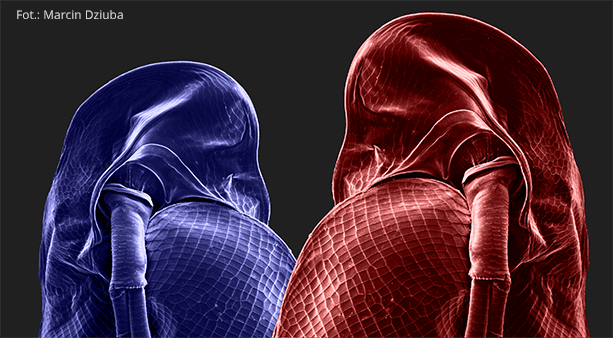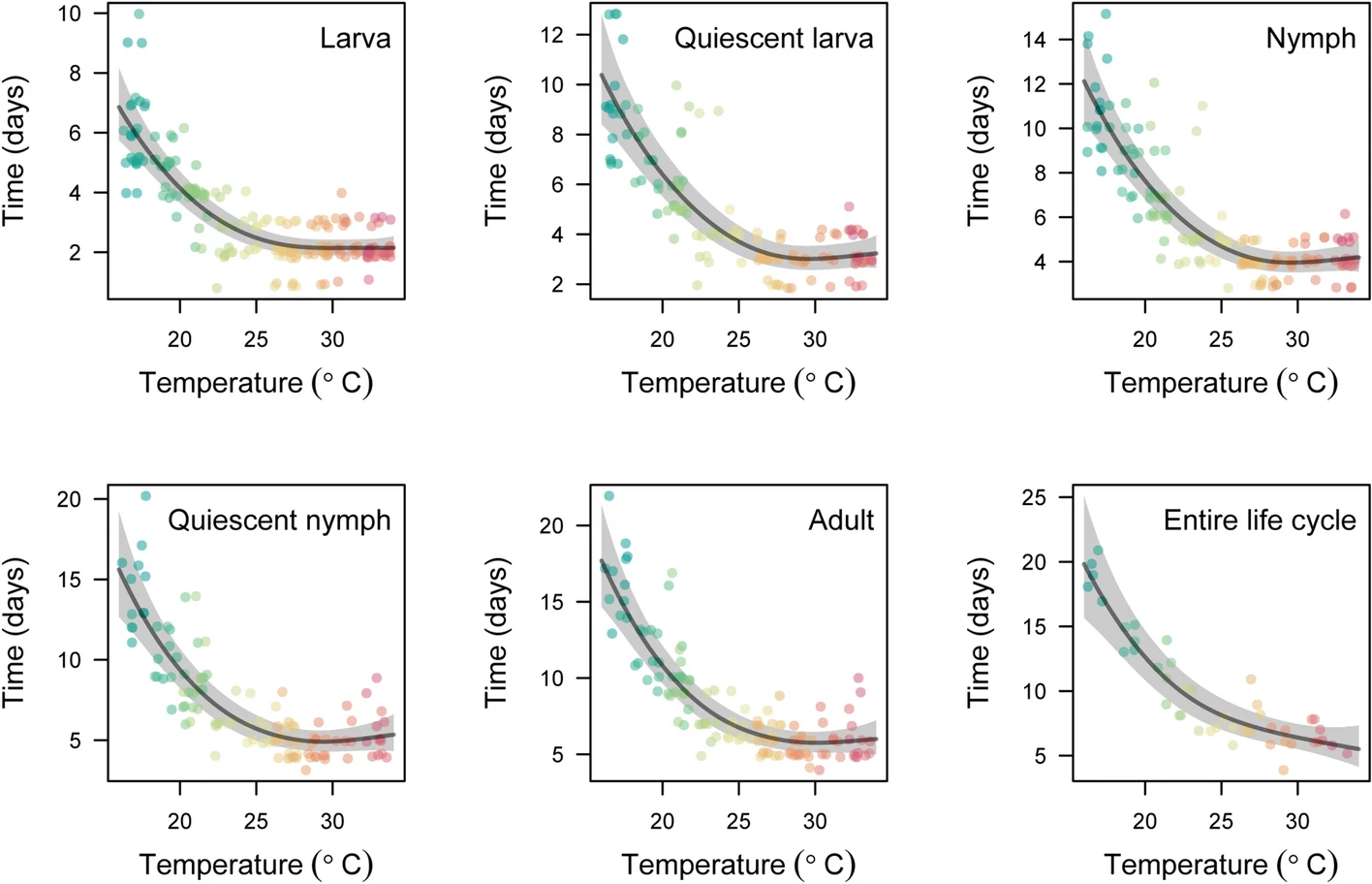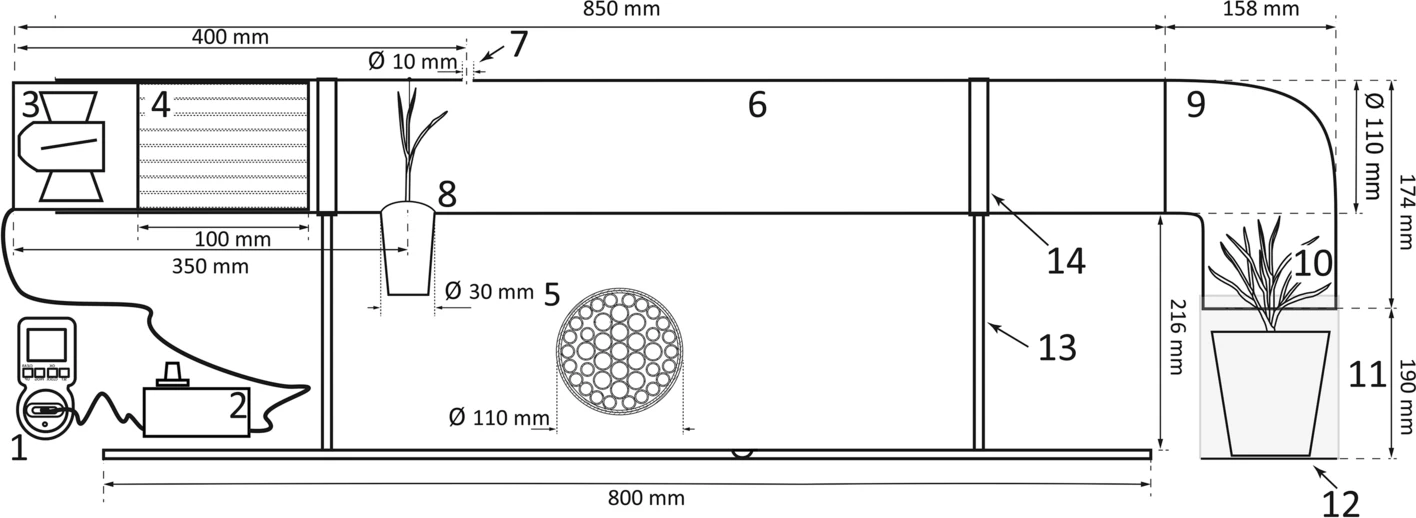How can species persist when their habitat disappears? Theoretically, in seasonal environments, habitat sinks (where population growth is zero or negative) could serve as temporal stepping-stones (refuges) for specialists, but this possibility has not been demonstrated to date. By combining laboratory experiments and field surveys, we demonstrated the importance of sink habitats for population persistence in temporally varying environments. Together, our results emphasize the relevance of source-sink dynamics in shaping species’ ecological niches. They also have significant implications for explaining patterns of host use by specialists, and the persistence of agricultural pests when their preferred host plants are absent.
The paper is part of Alicja’s PhD thesis. Congratulations!
The study was supported by the National Science Centre, Poland (NSC); research grant no. 2017/27/N/NZ8/00305 and NSC research grant no. 2016/21/B/NZ8/00786.
Laska, A., Magalhães, S., Lewandowski, M., Puchalska, E., Karpicka-Ignatowska, K., Radwańska, A., Meagher, S., Kuczyński, L., Skoracka, A. 2021. A sink host allows a specialist herbivore to persist in a seasonal source. Proceedings of the Royal Society B, 288: 20211604. http://doi.org/10.1098/rspb.2021.1604




 Our recent paper presents a protocol for studying passive dispersal of microscopic invertebrates which includes the construction of versatile dispersal tunnels, a theoretical framework quantifying the movement via wind or vectors, and a hierarchical Bayesian approach appropriate to the structure of the dispersal data.
Our recent paper presents a protocol for studying passive dispersal of microscopic invertebrates which includes the construction of versatile dispersal tunnels, a theoretical framework quantifying the movement via wind or vectors, and a hierarchical Bayesian approach appropriate to the structure of the dispersal data.

